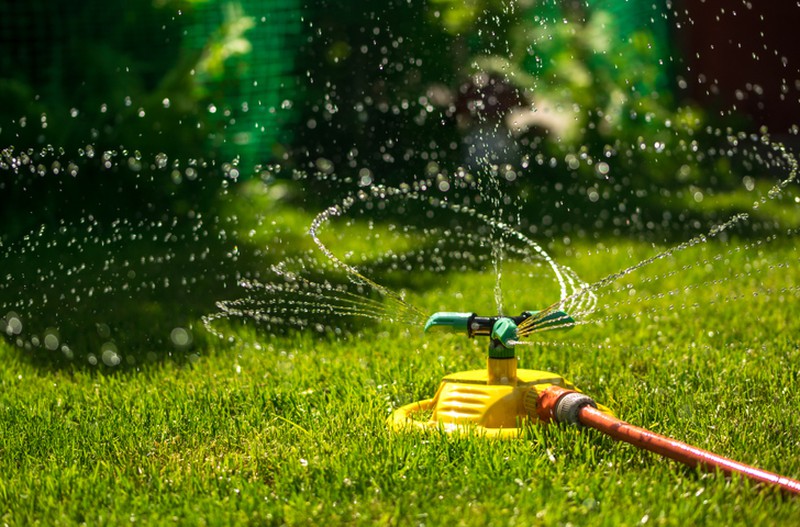Find out why good drainage in the garden is important
Your garden can be a real visual spectacle for family recreation or a sad pond of puddles. This contrast of views is marked by one crucial factor: the drainage system.
In this special post from Brycus you will learn how to recognize when a garden has good or bad drainage, the possible problems caused by an inefficient drainage system, how to correct the inconvenience and the advantages of having a healthy garden. Find paper and pencil and let's get started!
Your garden's drainage system is failing: Learn to recognize it
To find out if your garden drainage is having problems, implement one of Brycus' three checkpoint systems: rain, water, or hole.
The rain check system consists of measuring the amount of time your garden spends drying out after a heavy rainfall. If after 3 to 4 days the soil looks waterlogged or very wet it means your drainage is bad.
There is also the watering test. Water your plants with plenty of water. If you have a good drainage system it is assumed that the second or third day after that the soil should be free of puddles. Now, if the days go by and your soil looks saturated with water something is not right.
Another effective mechanism you can use is to dig a hole in your garden soil about 60 centimeters deep by 60 centimeters in diameter, and then pour water in as far as it will go. If after a few days there is still liquid at the bottom it is a clear sign that you should improve your drainage system.
How serious is it to have a bad drainage system?
A poor drainage system can harm the plant life in your garden. If your garden's soil is clay, it will accumulate much more water than a sandy one, and then it will drown the roots of plants that are not adapted to more aquiferous soils.
Excess water also quickly reproduces fungi such as Armillaria, Fusarium, Rhizoctonia, Phytophthora and Pythium. Although they all live naturally in the soil, a very humid environment is conducive to infecting and killing plants previously weakened by abundant water. Take into account this detail, as many gardens with poor drainage do not allow the growth and splendor of plants.
My drainage is bad: What do I do now?
There are several options to recover the drainage system of your garden. The most recommendable is to choose the most adequate one to preserve the life of your plants.
Ecological drainage. The aim is to make the texture of your soil less clayey. To do this, you can replant and add a good amount of compost, river sand, manure and peat to the soil. That way you will be able to reabsorb water more easily.
To find the perfect substrate, fertilizers and compost visit our gardening section and find a wide variety of products to bring your garden back to life.
Place gutters or trenches. You can make a gutter or ditch in your garden to get the water flowing and improve drainage. There are special machines for digging trenches. You can also make them by hand with a sharp D-handle shovel and a cleaning shovel. Inside the trench you can place gravel to ensure proper drainage.
Each of the materials you need to do this work are available at Brycus, visit our gardening section and find out what you need to do to make the trench that will improve the drainage of your garden.
Enjoy your renovated garden
Undoubtedly, making a new drainage system will help improve the quality of life of the plants. However, an alternative is to plant special species that can withstand environments where humidity predominates.
You can plant Birch, Alder, Poplar or Red Plum trees; shrubs such as Aucuba, Celinda, Lilac or Viburnum; climbing plants such as Clematis or Ornamental Vine; flowers such as Calla lilies, Dahlia, Royal Fern, Japanese Lily, or waterfront plants such as Acoro, Papyrus or Elephant's Ear.
We hope that these Brycus tips will help you give a positive transformation to those green areas of your garden.






Vores klienter stoler på os
Modtag vores nyheder